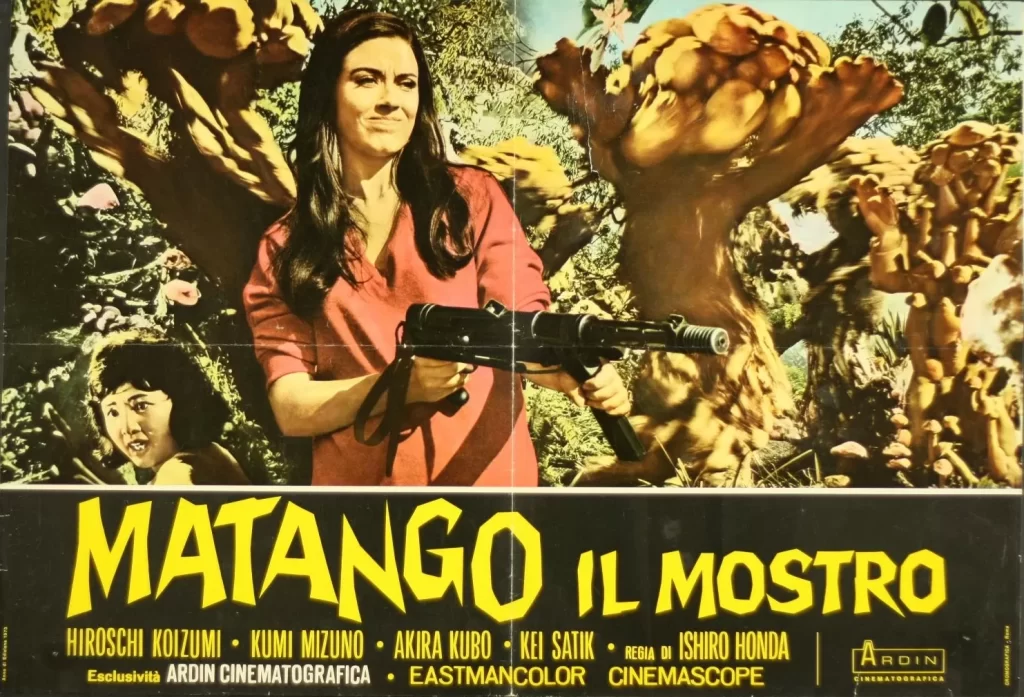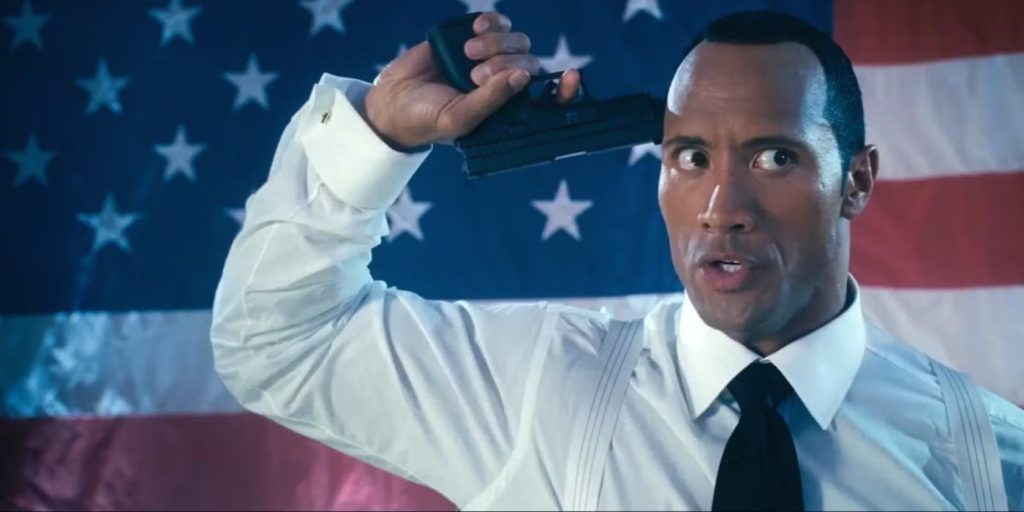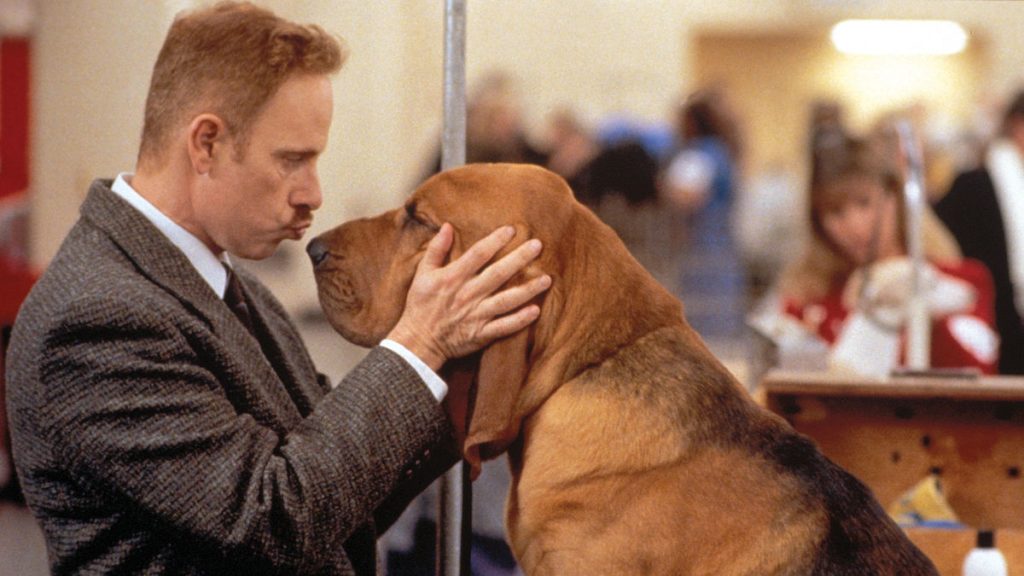“If there’s one thing I hate, it’s the movies. Don’t even mention them to me.”
Thus concludes the opening paragraph of The Catcher in the Rye, which celebrates its 70th publication anniversary this July 16. As of that milestone, J.D. Salinger’s lone novel remains popular enough to land in the top 400 of Amazon’s Best Sellers list, but — perhaps unsurprisingly, especially with a stinger like that — don’t go looking for its cinematic equivalent among the online store’s Blu-rays and DVDs. While other popular books from 1951 — including From Here to Eternity (1953), The End of the Affair (1955), and Spartacus (1960) — were adapted for the screen in relatively quick fashion, seven decades later, there’s still no official film version of Catcher.
Salinger himself didn’t hate the movies, but his greatest hit remains (in)famously “unfilmable.” Successfully translating the steam-of-consciousness, first-person narration of 16-year-old protagonist Holden Caulfield poses a challenge for even the most imaginative filmmakers — even the voiceover-friendly Terrence Malick, who was rumored to be developing a Catcher movie in 2006. And while Holden describes his adventures from the onset as “madman stuff,” they’re largely straightforward events, exaggerated by his wild imagination that’s in the service of entertaining his undefined audience, and might not make for the most exciting viewing experience.
These obstacles didn’t stop Billy Wilder, Steven Spielberg, and even Jerry Lewis from seeking Salinger’s approval to film Catcher. But after Casablanca screenwriters Julius and Philip Epstein and director Mark Robson (Peyton Place) took Salinger’s short story “Uncle Wiggily in Connecticut” — a sharp critique of wealthy New England housewives — and diluted it into the sappy, melodramatic My Foolish Heart (1949), Salinger refused to allow his works to be adapted.
According to Salinger’s son Matt, these and other factors prompted the author to tell an unnamed director who wanted to film the novel, “I write for the private screening room in each reader’s head: that’s the only movie screen that I care about.”
After the senior Salinger’s death in 2010, the cinematic rights — which he considered “a kind of insurance policy” for his heirs — passed to his family. Whether they remain consistent with his stance on adaptations remains to be seen, but without the man himself around to reject such proposals, it’s certainly possible that a legitimate screen version may eventually get made.
In the meantime, viewers can opt for a few Catcher-esque films about precocious teens testing out adult life in New York City, including Burr Steers’ Igby Goes Down (2002) and Gary Winick’s Tadpole (2002). But while those features rely heavily on their shared setting with the novel, the film that most captures the essence of Salinger’s book arguably has to take place apart from Manhattan in order to get away with its multitude of direct Catcher references.

Filmed in Houston, Texas, but set in a nameless mid-sized city, Wes Anderson’s Rushmore (1999) is a sneaky, unofficial adaptation of Holden’s story. Written by Anderson and Owen Wilson, each noted Salinger fans, the film overlaps with Catcher on micro and macro levels, manifesting small details and overarching themes from the novel while foremost telling its own tale.
Both Holden and Rushmore protagonist Max Fischer (played by Jason Schwartzman, in one of the all-time great film debuts) are intelligent young white male teenagers who earn poor grades at prep schools, wear red hats, and struggle with the death of an immediate family member. They presume to be adults in numerous regards, including ordering (and receiving) liquor at dining establishments, and forge friendships with individuals twice their age or more, but have difficulty creating similar bonds with their peers.
Instead, they’re far more comfortable around younger children, for whom they serve as self-appointed protectors while resembling them in many ways, from immature actions and a penchant for mouthiness (that leads to bloody noses) to quests for innocent romances. Their decisions ultimately lead to transcendent, borderline hallucinatory climaxes that suggest the young men have grown up and learned from their final brush with childhood, but leave just enough ambiguity to hint that the transformation isn’t as complete as it may seem.
The most significant commonalities, however, concern the protagonists’ credos that steer their actions and inspire their respective works’ titles. Spurred by a misinterpretation of a Robert Burns poem, Holden tells his younger sister Phoebe that his preferred profession would be standing on the edge of a cliff and catching children who wander off from playing in an adjacent field of rye before they tumble off the edge.
This metaphorical desire to prevent kids from becoming adults and losing their innocence is poignantly reworked by Anderson and Wilson to convey Max’s own arrested development and delusional wish for preservation. In their second encounter, Bill Murray’s unhappy millionaire Herman Blume notices Max’s radiating positivity and asks him, “What’s the secret, Max? You seem to have it pretty figured out.” Max replies, “I think you’ve just gotta find something you love to do and then do it for the rest of your life. For me, it’s going to Rushmore.”
The naiveté of these noble yet implausible aspirations connect The Catcher in the Rye and Rushmore at a core level that’s thus far eluded other films inspired by Salinger’s novel. As such, Holden Caulfield is safe to stay on the page and see his rescue mission through — Anderson, Wilson, and Max Fischer have the screen side covered.



